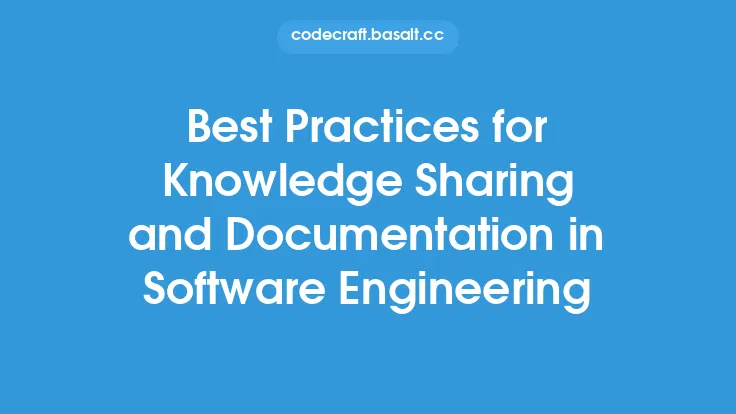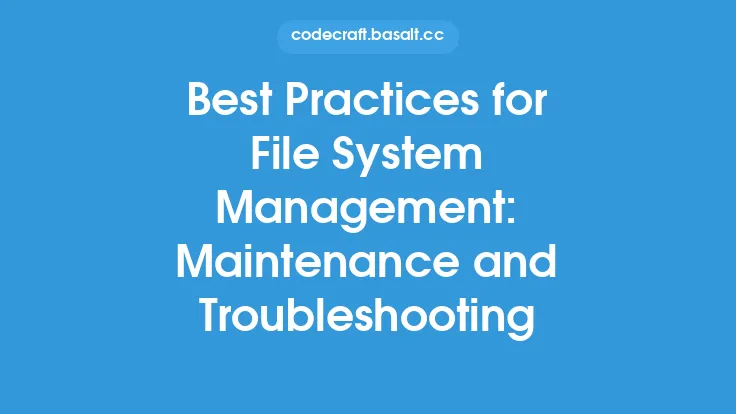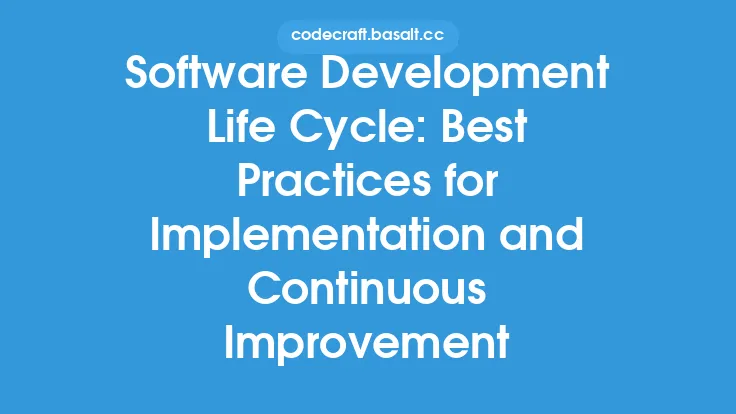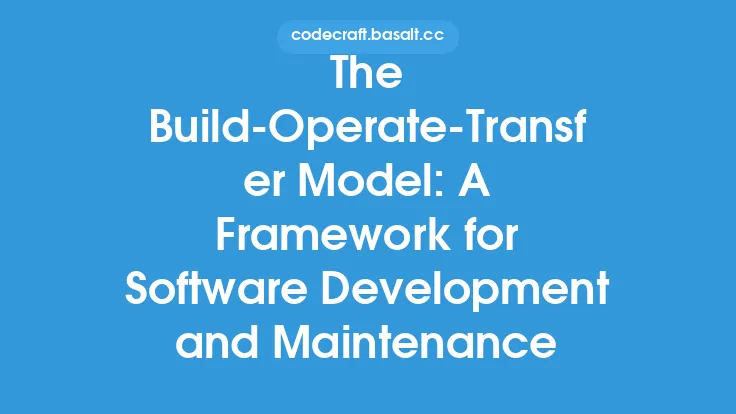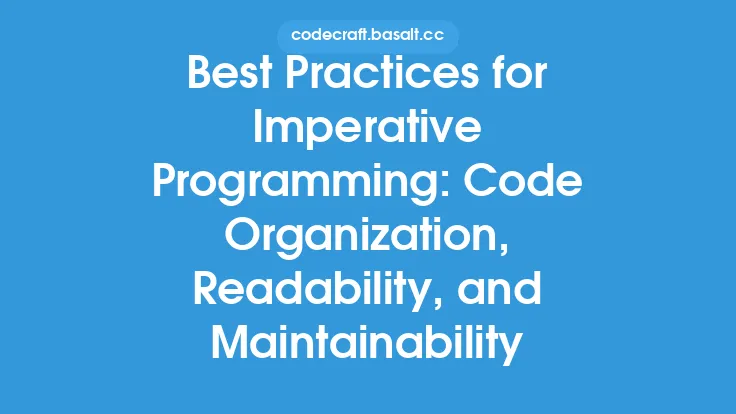When it comes to software engineering, one of the most critical aspects of a project's success is the documentation and maintenance of requirements. Requirements documentation serves as a foundation for the entire project, outlining what the software needs to do, how it should behave, and what constraints it must operate within. Proper maintenance of these requirements is essential to ensure that the software meets the needs of its stakeholders and users. In this article, we will delve into the best practices for requirements documentation and maintenance, providing a comprehensive guide for software engineers, project managers, and stakeholders.
Introduction to Requirements Documentation
Requirements documentation is a detailed record of the software's functional and non-functional requirements, including user stories, use cases, and constraints. It provides a clear understanding of what the software should do, how it should perform, and what features it should have. A well-structured requirements document helps to ensure that all stakeholders are on the same page, reducing misunderstandings and miscommunications that can lead to project delays or even failure. The requirements document should be concise, yet comprehensive, and should include information such as user requirements, system requirements, performance requirements, and interface requirements.
Best Practices for Requirements Documentation
To create an effective requirements document, several best practices should be followed. First, the document should be written in a clear and concise manner, avoiding ambiguity and technical jargon whenever possible. The language used should be simple and easy to understand, allowing stakeholders with varying levels of technical expertise to comprehend the requirements. Second, the document should be organized in a logical and structured manner, using headings, subheadings, and bullet points to make it easy to navigate. Third, the document should include visual aids such as diagrams, flowcharts, and screenshots to help illustrate complex concepts and requirements. Finally, the document should be reviewed and validated by all stakeholders to ensure that it accurately reflects the software's requirements.
Requirements Maintenance and Change Management
Requirements maintenance is an ongoing process that involves reviewing, updating, and refining the requirements document throughout the project's lifecycle. As the project progresses, new requirements may emerge, and existing requirements may change or become obsolete. Effective change management is critical to ensuring that these changes are properly documented, approved, and implemented. A change management process should be established to handle changes to the requirements, including a clear procedure for submitting, reviewing, and approving changes. The process should also include a mechanism for tracking and documenting changes, such as a change log or version control system.
Tools and Techniques for Requirements Documentation and Maintenance
Several tools and techniques are available to support requirements documentation and maintenance. These include requirements management tools such as IBM Rational DOORS, HP Quality Center, and Microsoft Team Foundation Server. These tools provide a centralized repository for storing and managing requirements, as well as features such as version control, change tracking, and collaboration. Other techniques include agile methodologies such as Scrum and Kanban, which emphasize iterative and incremental development, and continuous integration and delivery. These methodologies help to ensure that requirements are regularly reviewed and refined, and that changes are quickly incorporated into the software.
Metrics and Quality Assurance for Requirements Documentation
To ensure that the requirements document is of high quality and accurately reflects the software's requirements, several metrics and quality assurance techniques can be used. These include requirements coverage metrics, which measure the percentage of requirements that are covered by the software's functionality. Other metrics include requirements volatility metrics, which measure the rate of change of the requirements, and requirements complexity metrics, which measure the complexity of the requirements. Quality assurance techniques include requirements review and inspection, which involve manually reviewing the requirements document to ensure that it is complete, consistent, and accurate. Automated testing and validation can also be used to ensure that the software meets the requirements outlined in the document.
Collaboration and Communication in Requirements Documentation and Maintenance
Collaboration and communication are critical to effective requirements documentation and maintenance. All stakeholders, including developers, project managers, and users, should be involved in the requirements documentation process to ensure that everyone is on the same page. Regular meetings and workshops should be held to review and refine the requirements, and to ensure that everyone understands the software's functionality and constraints. Collaboration tools such as wikis, blogs, and version control systems can be used to facilitate communication and collaboration among team members. Additionally, stakeholders should be encouraged to provide feedback and input throughout the project's lifecycle, to ensure that the software meets their needs and expectations.
Conclusion and Future Directions
In conclusion, requirements documentation and maintenance are critical aspects of software engineering, and are essential to ensuring that software meets the needs of its stakeholders and users. By following best practices for requirements documentation, and using tools and techniques such as requirements management tools and agile methodologies, software engineers and project managers can create high-quality requirements documents that accurately reflect the software's requirements. Effective change management and collaboration are also critical to ensuring that the requirements document is regularly reviewed and refined, and that changes are quickly incorporated into the software. As software engineering continues to evolve, it is likely that new tools and techniques will emerge to support requirements documentation and maintenance, such as artificial intelligence and machine learning. However, the fundamental principles of requirements documentation and maintenance will remain the same, and will continue to play a critical role in the success of software projects.
